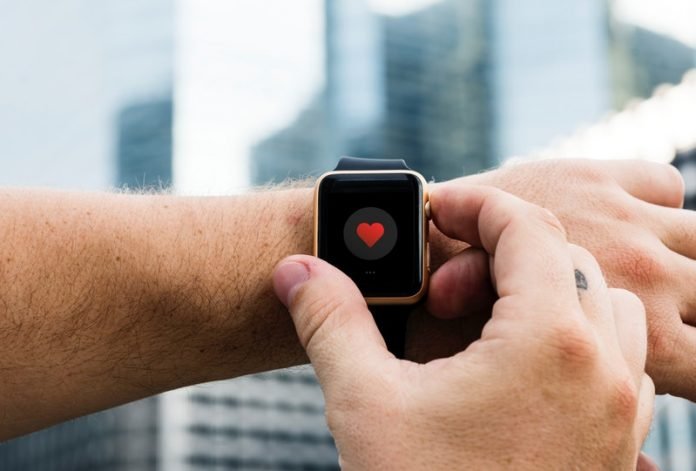
In a new study, researchers have successfully created personalized digital replicas of the upper chambers of the heart.
They used them to guide the precise treatment of patients suffering from persistent irregular heartbeats.
These simulations accurately identified where clinicians need to destroy tissue to restore the heart’s normal rhythm.
The research was conducted by scientists at Johns Hopkins.
Atrial fibrillation, or abnormal electrical signals stemming from the heart’s two upper chambers, the atria, is the most common cause of irregular heartbeats and affects 1-2% of people worldwide.
If left untreated, atrial fibrillation can cause fatal strokes.
The typical treatment for the disorder, called catheter ablation, is to thread a catheter emitting radio frequency into the heart to destroy tissue that sends off erratic electrical signals.
Specifically, cardiologists will destroy the tissue around the atria’s four pulmonary veins, which is where researchers believe the misfiring signals usually begin.
However, some patients with a persistent form of atrial fibrillation and scarring in the atria (fibrosis) don’t benefit from receiving standard lesions around the pulmonary veins.
They often have to undergo multiple procedures because abnormal signals keep emerging from new areas of their atria.
With each procedure, new scar tissue forms, which changes the atria’s electrical activity and makes the targeting of the misfiring areas that much harder.
In the study, the team’s personalized simulation-driven guidance of the ablation procedure, called Optimal Target Identification via Modelling of Arrhythmogenesis (OPTIMA), used contrast-enhanced MRI scans from 10 patients at the Johns Hopkins Hospital to create personalized digital replicas of the diseased atria.
For each personalized model, the team ran simulations to predict erratic electrical signals and where tissue should be destroyed.
Because each ablation reconfigures the atrial electrical activity and can create new arrhythmias, the researchers performed virtual ablations until no new arrhythmias emerged.
The team says the personalized digital replicas allowed us to accurately simulate and analyze heart electrical activity in 10 patients and determine where tissue needs to be destroyed.
This approach has the potential to eliminate the process of trial-and-error in treating such heart rhythm disorders and to prevent repeat procedures.
The team found atrial fibrillation did not recur in any of the patients over the more than 300-day observation period.
Out of the 10 patients, only one returned for another ablation, and it was for a simpler atrial arrhythmia.
The study is a promising step towards simulation-driven treatments and sets the stage for the team’s FDA-approved clinical trial slated to begin this fall.
The lead author of the study is Natalia Trayanova.
The study is published in Nature Biomedical Engineering.
Copyright © 2019 Knowridge Science Report. All rights reserved.



